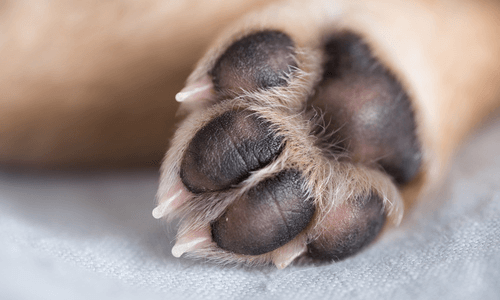
Introduction
Dog paws are not just adorable; they are also an essential part of your furry friend's overall health and well-being. Understanding the anatomy and function of dog paws is crucial in providing proper care and preventing any potential issues. In this article, we will delve into the world of dog paws, discussing everything from their structure to common problems and how to keep them in top shape.

The Anatomy of a Dog Paw
A dog's paw is a complex structure composed of bones, tendons, ligaments, muscles, skin, and nails. Understanding its anatomy will help you grasp the importance of maintaining its health. The paw consists of five main parts:

The Pad
The pad, also known as the metacarpal or metatarsal pad, is the thick cushion-like structure that provides shock absorption and protects the bones and joints when your dog walks or runs.

Dewclaws
Dewclaws are the small, "thumb-like" claws located higher up on the inside of your dog's leg. While some breeds have them on both front and rear legs, others only have them on the front legs. These claws have a limited function and may be removed in some cases to prevent potential injuries.

Toes
Dog paws typically have four toes with claws, known as digits, while some breeds may have an additional fifth toe, commonly referred to as a dewclaw. Each toe contains bones, joints, ligaments, tendons, and muscles that work together to provide mobility and stability.
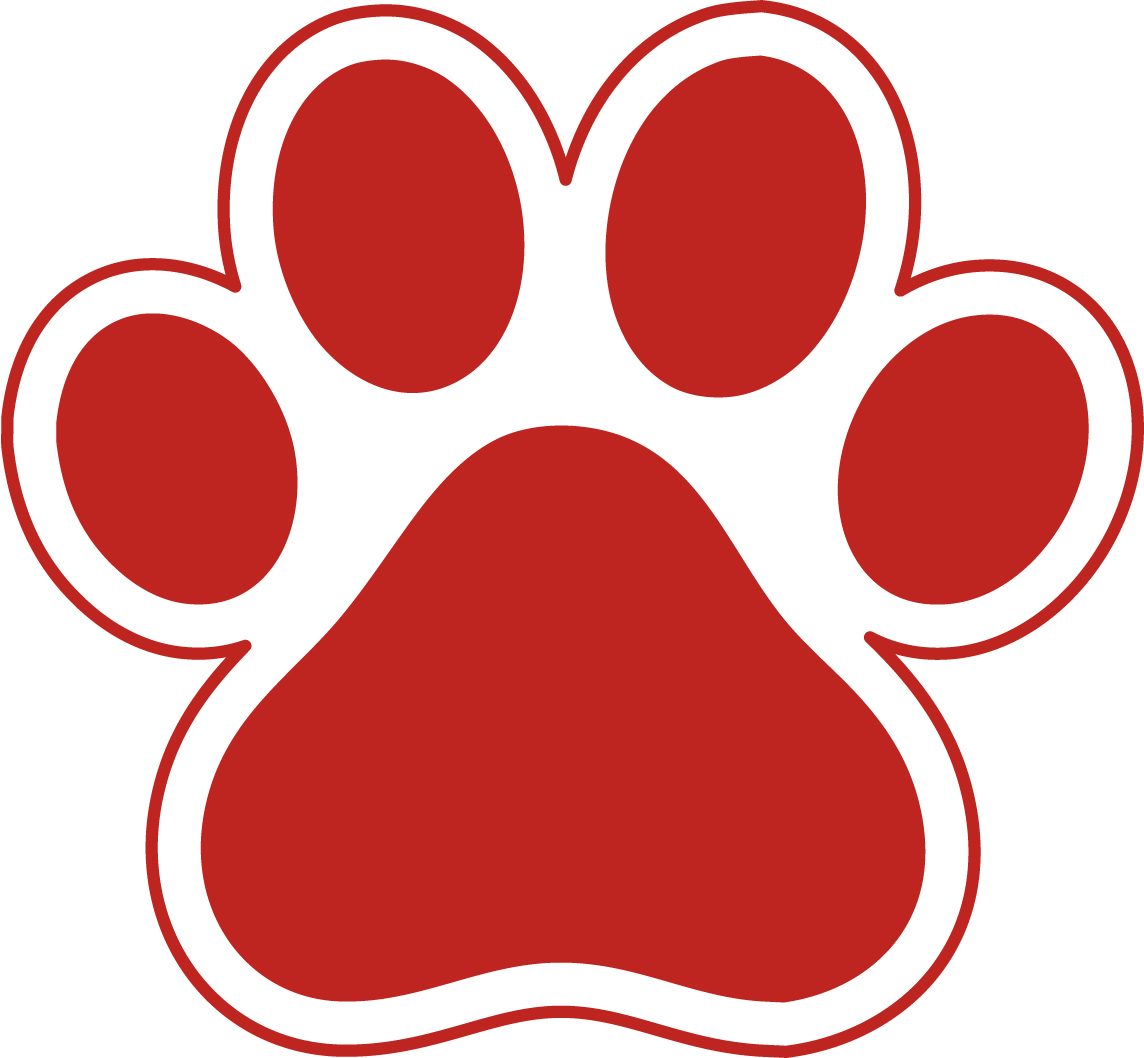
Nails
Located at the end of each toe, dog nails serve various purposes, including providing traction, digging, and defense. Regular nail trimming is essential to prevent overgrowth, which can lead to discomfort and potential injuries.
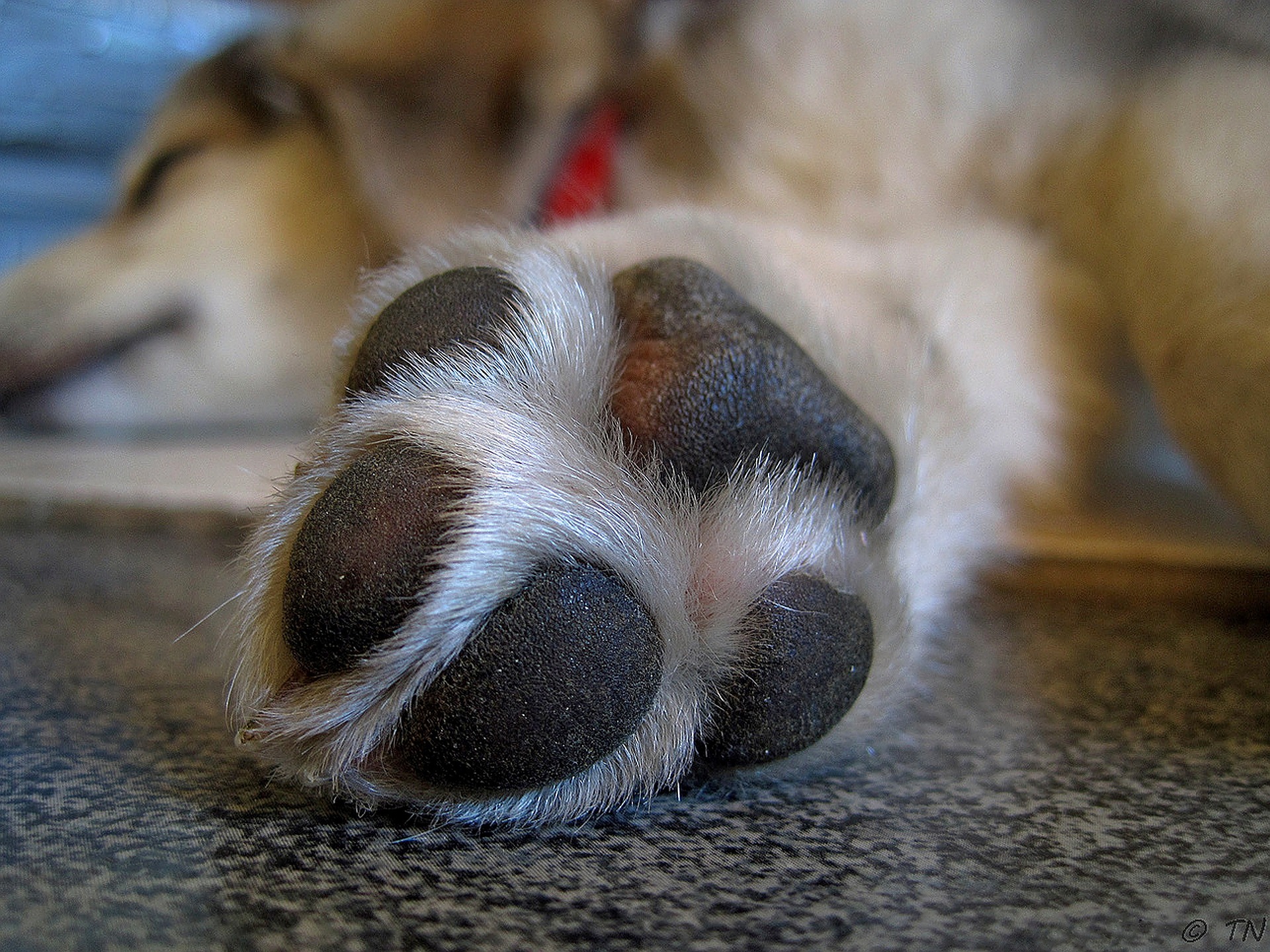
Hair and Skin
The hair and skin surrounding the paw provide protection and insulation. Regular grooming and keeping the hair between the paw pads trimmed can prevent matting and the accumulation of dirt or debris.
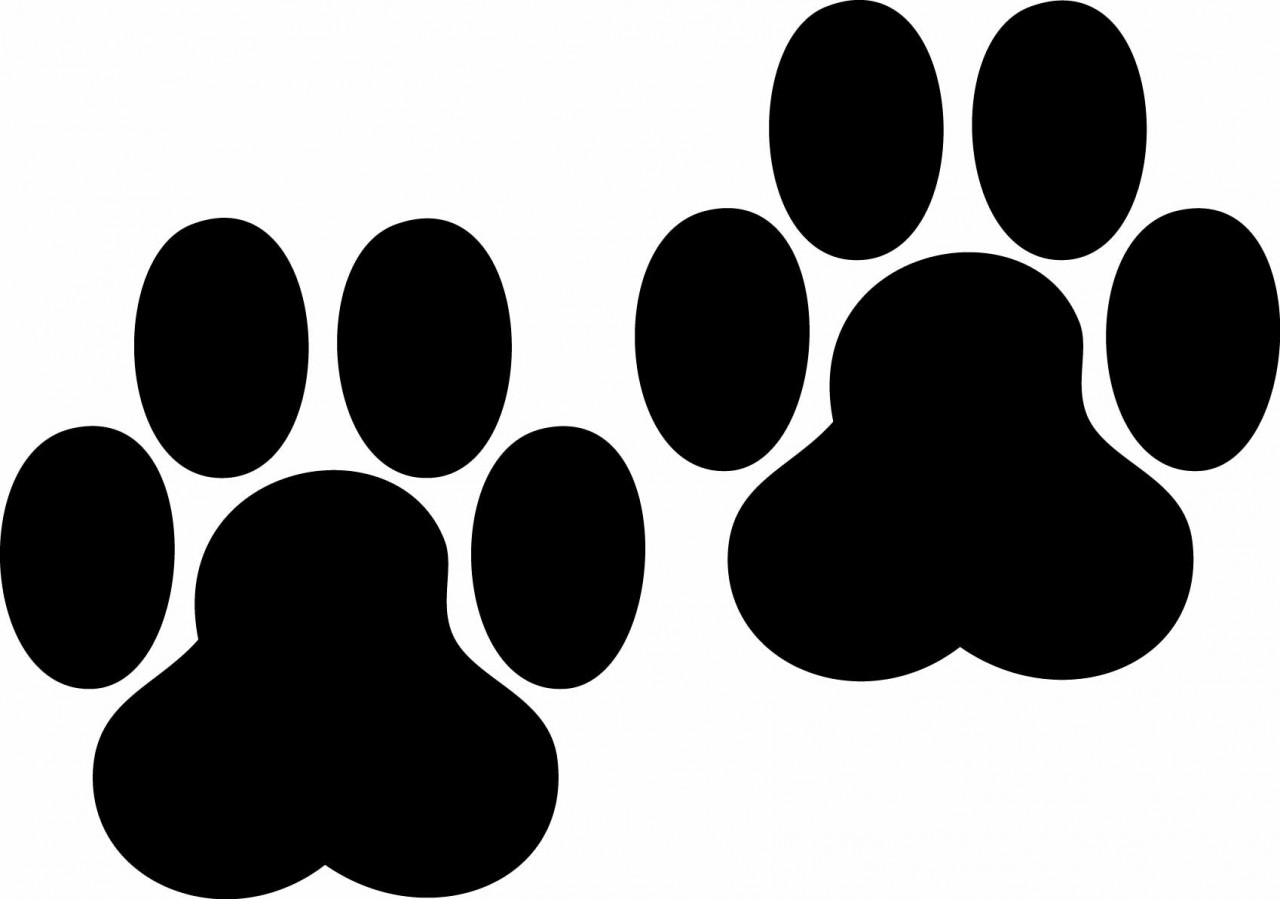
Caring for Your Dog's Paws
Proper paw care is crucial in maintaining your dog's overall health and preventing discomfort or injuries. Here are some essential tips for caring for your dog's paws:
Regular Paw Inspections
Take the time to inspect your dog's paws regularly, looking for any signs of cuts, abrasions, swelling, or foreign objects lodged between the toes. Early detection can prevent potential infections or more severe issues.
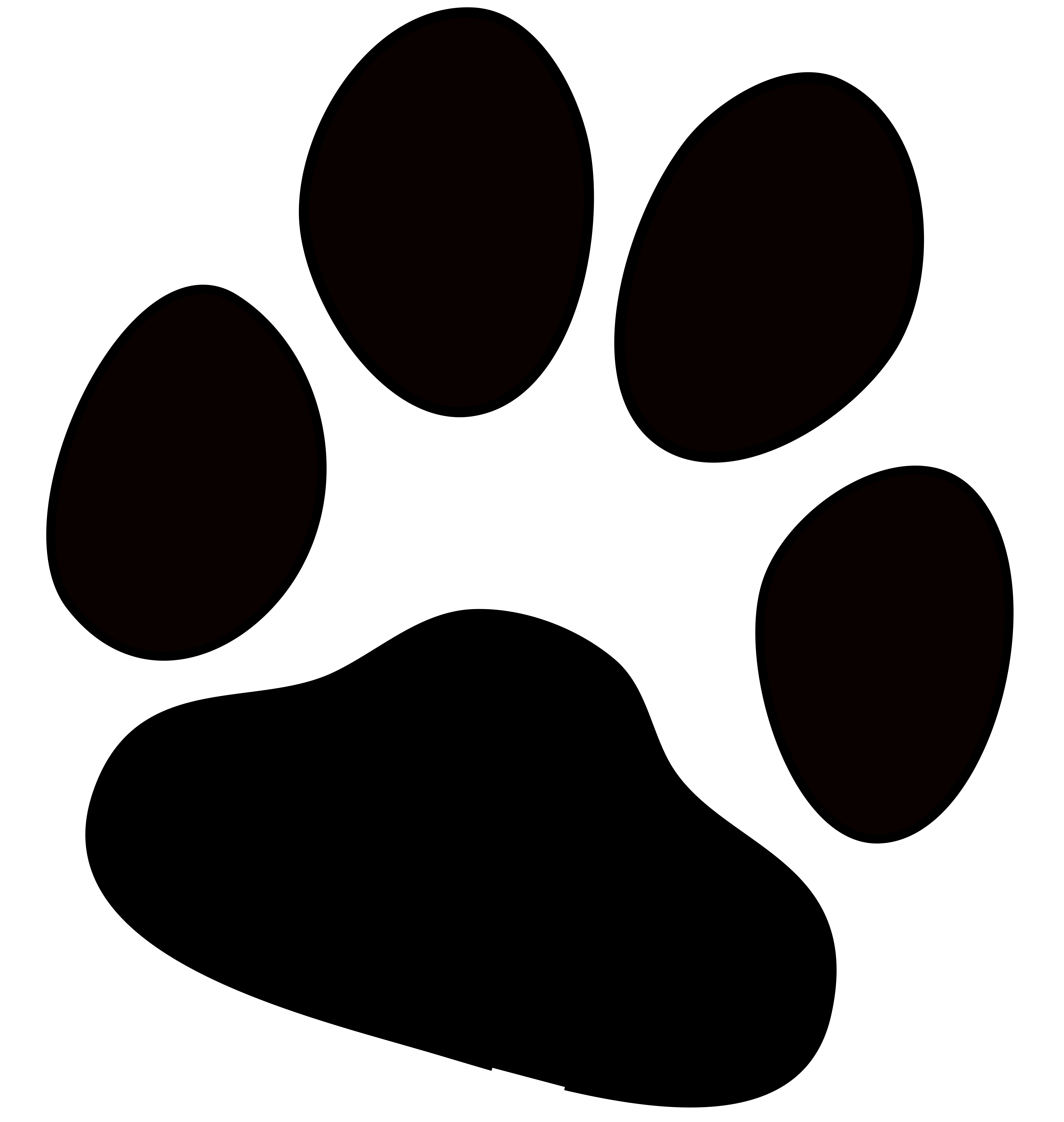
Paw Pad Protection
Protect your dog's paw pads from extreme temperatures, rough surfaces, or chemicals. Booties or paw balms can provide an extra layer of protection, especially during hot summer days or cold winter walks.

Nail Trimming
Regular nail trimming is essential to prevent overgrowth, which can lead to discomfort and potential injuries. If you are uncomfortable with trimming your dog's nails, consult a professional groomer or veterinarian for assistance.
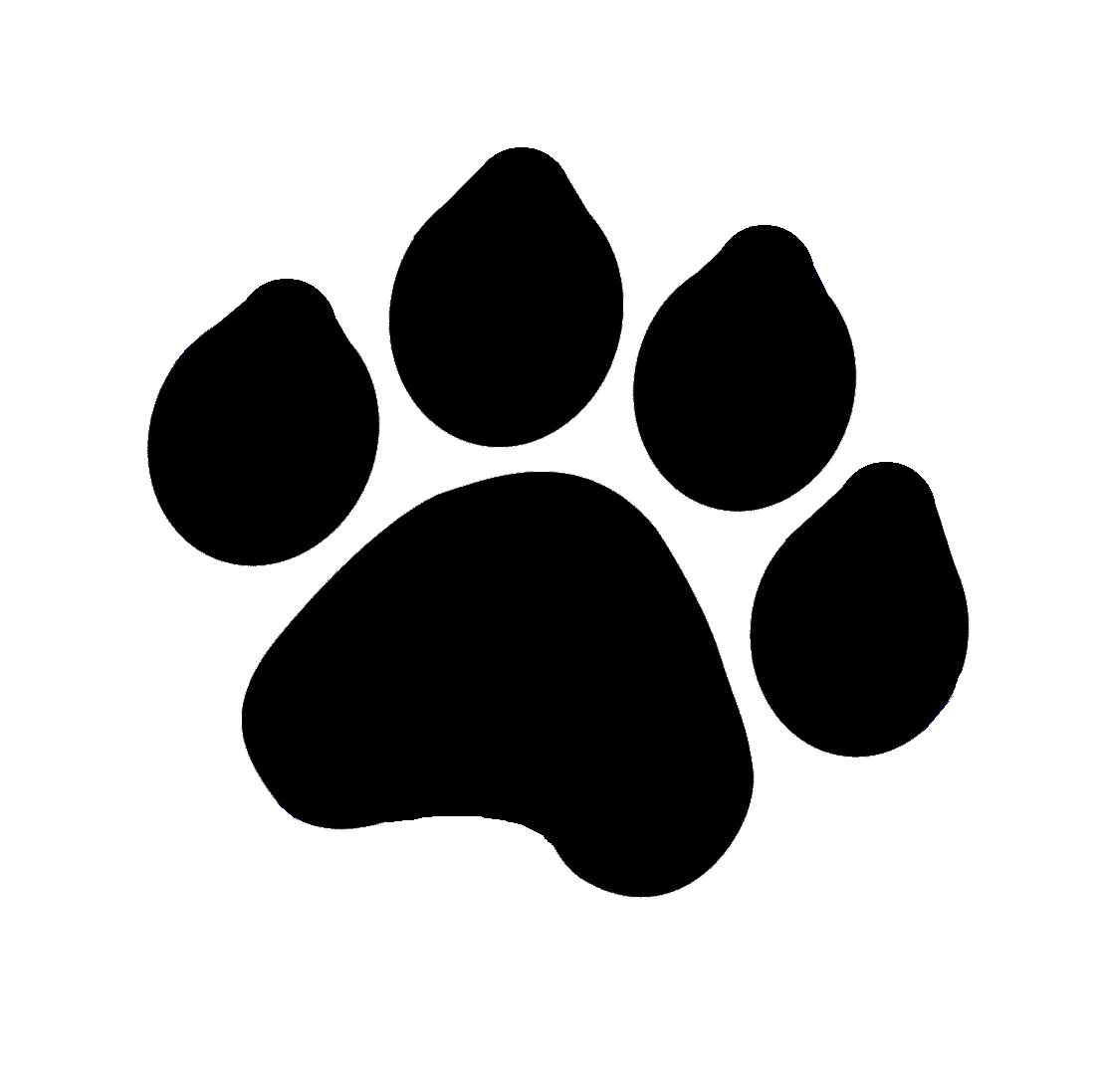
Paw Hygiene
Keep your dog's paws clean by gently wiping them with a damp cloth after walks or outdoor activities. This helps remove any dirt, allergens, or chemicals that may be stuck to their paws.

Paw Pad Moisturization
Moisturize your dog's paw pads with a pet-safe moisturizer to prevent dryness and cracking. Consult your veterinarian for recommendations on suitable products.
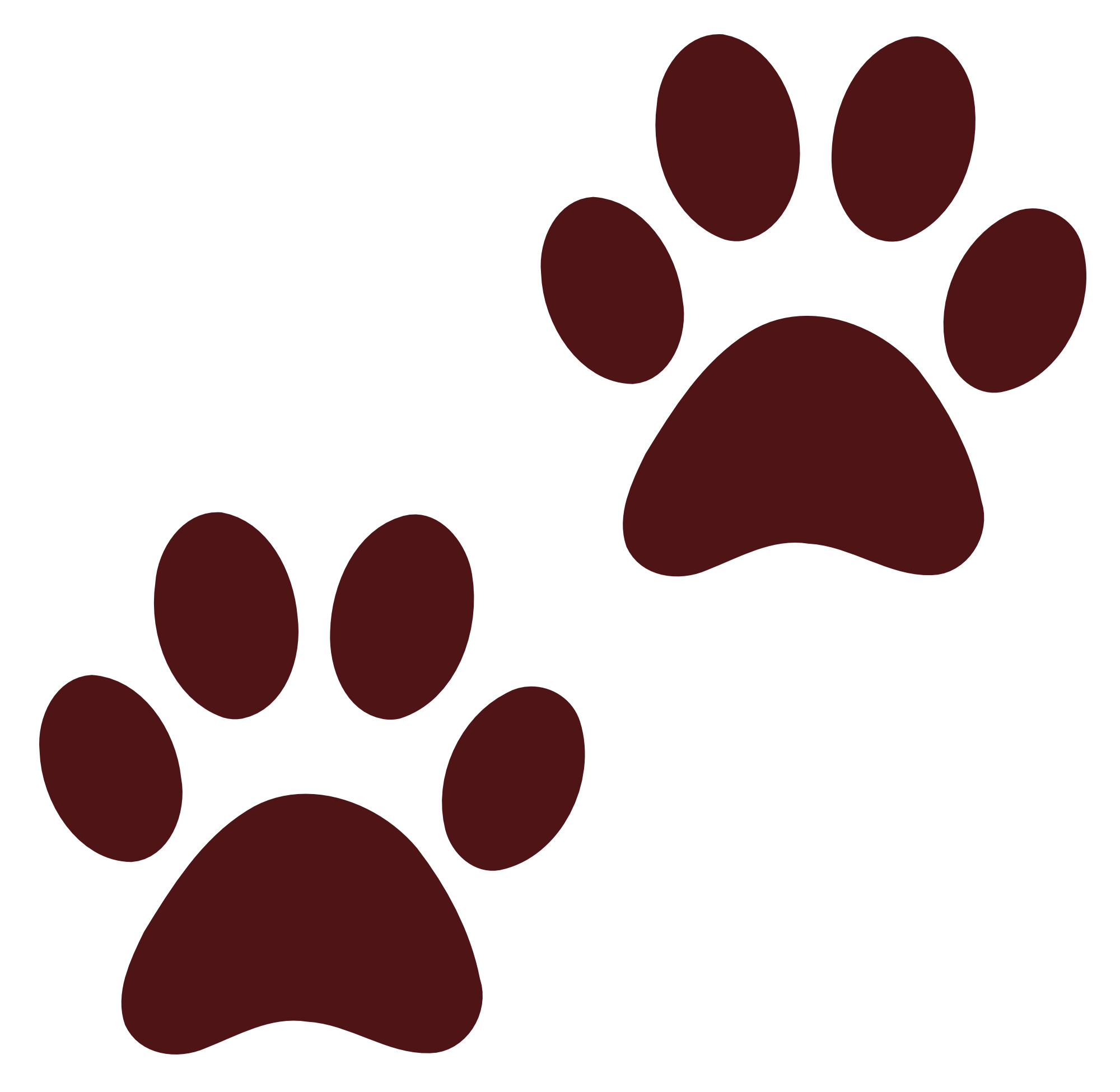
Common Paw Problems
Despite your best efforts, dogs can still experience various paw problems. Here are some common issues to be aware of:
Cuts and Abrasions
Small cuts or abrasions on your dog's paws can occur from stepping on sharp objects or rough surfaces. Keep an eye out for any signs of bleeding, limping, or excessive licking.

Cracked Paw Pads
Cracked paw pads can cause discomfort and increase the risk of infections. Moisturizing the pads regularly and avoiding excessively hot or cold surfaces can help prevent this issue.
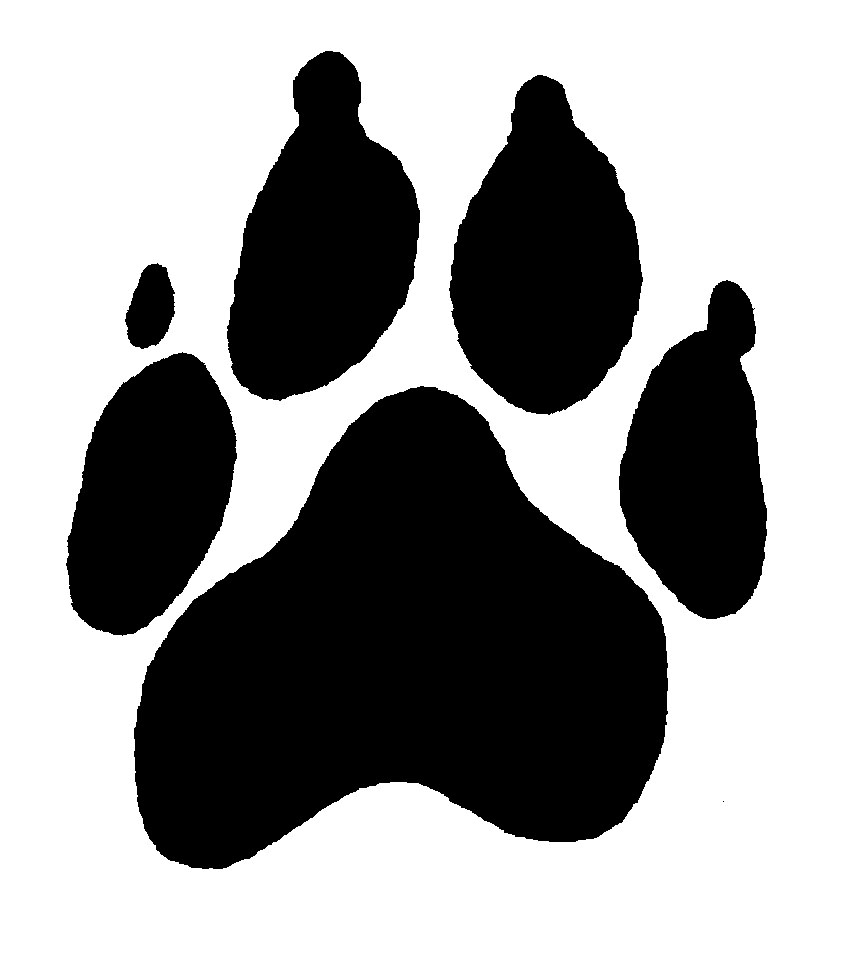
Ingrown Nails
Ingrown nails occur when the nail grows into the surrounding skin, causing pain and potential infections. Regular nail trimming can help prevent this problem.

Paw Pad Injuries
Paw pad injuries can range from mild abrasions to more severe burns or cuts. Keeping your dog away from hot surfaces, chemicals, and sharp objects can help prevent these injuries.
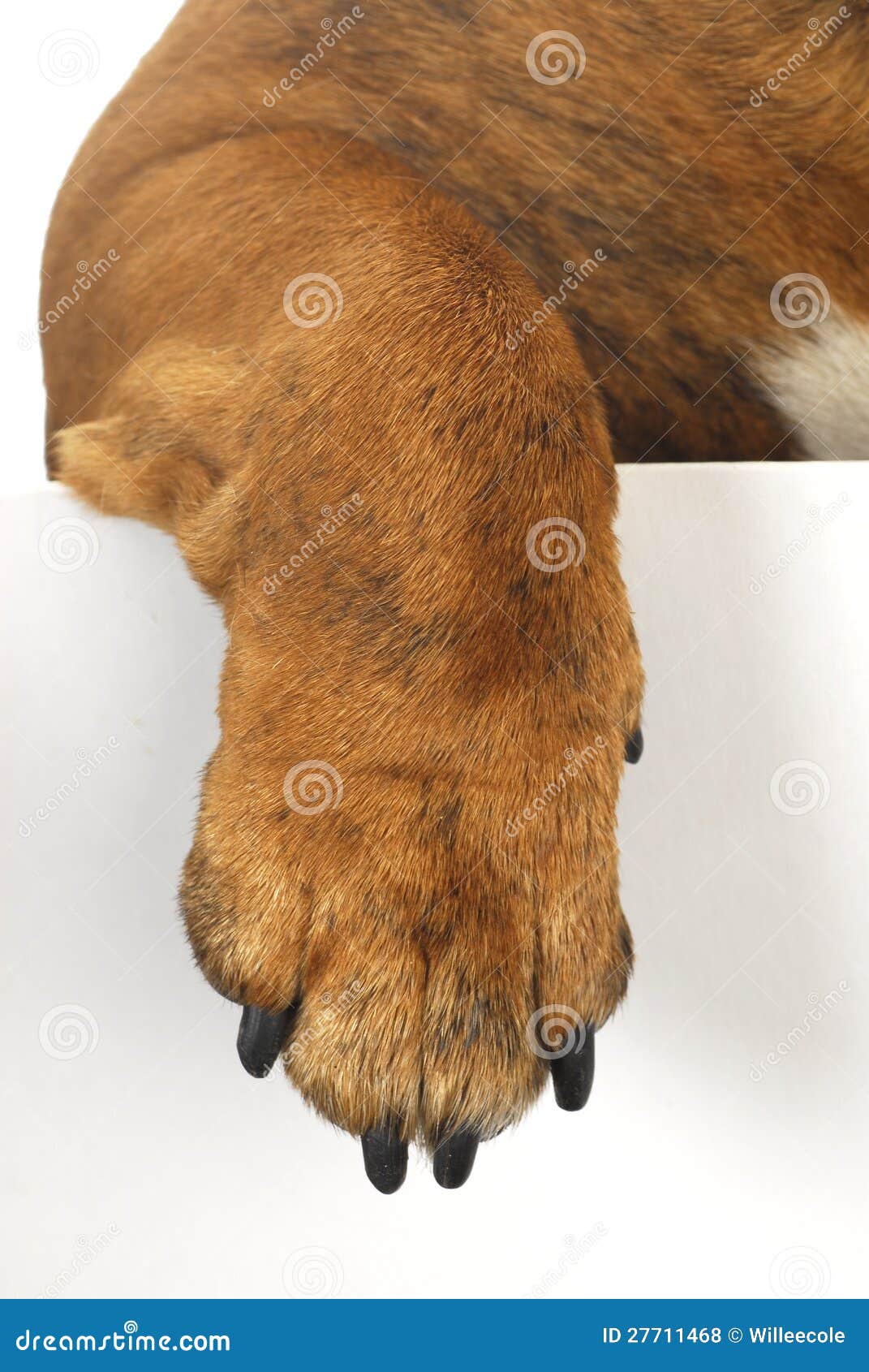
Foreign Objects
Small objects like thorns or burrs can get lodged between your dog's toes, causing discomfort or potential infections. Regular paw inspections and proper grooming can help prevent this issue.

Conclusion
Caring for your dog's paws is an essential part of being a responsible pet owner. By understanding the anatomy, regularly inspecting and maintaining their paws, you can ensure their overall health and well-being. Remember to consult your veterinarian if you notice any concerning signs or persistent issues. With proper care, your furry friend's paws will remain happy, healthy, and ready for endless adventures together!